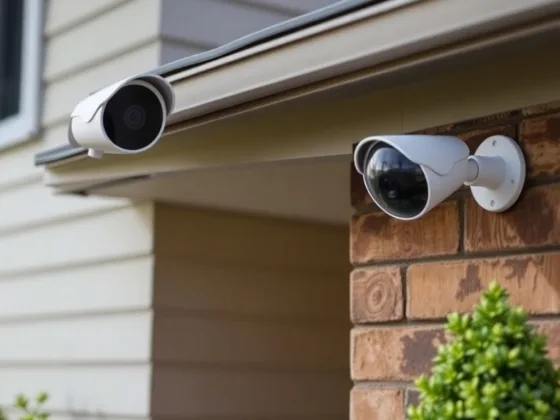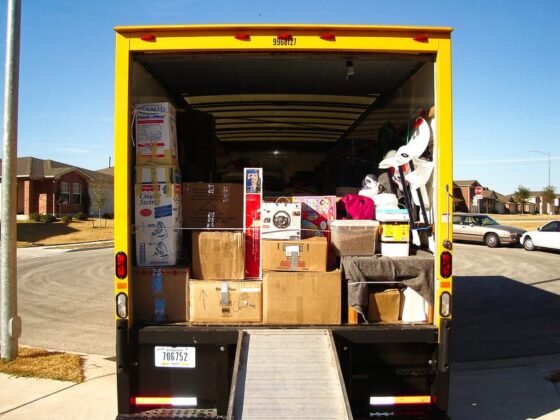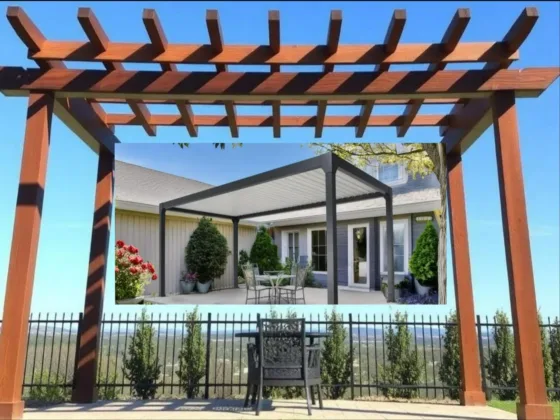Table of Contents Show
Being a homeowner is one of the greatest joys in many people’s lives, but it does come with a cost.
Many homeowner costs come from yearly repairs. You can reduce some of these costs by being vigilant and keeping your eyes open for signs of an impending repair.

Foundation Repairs
No home is worth a dime if its foundation is unsafe. As the base of the entire home, the foundation is literally holding the weight and structure of your home on its shoulders.
When that base becomes structurally unsound, no matter how lavishly decorated or beautifully painted your home is, it will not be safe to live in. An unsound foundation must be fixed. One common foundation problem is settling.
The soil around and under your house shifts very gradually over time, putting pressure on the foundation which could lead to cracks. How can you tell if your foundation is starting to settle? The most common warning sign to look for outside of your home is cracks that grow wider and longer over time.
If you catch the crack early, you could avoid a large bill and spend closer to $500 for the minor repair. Inside your house, you should look for cracked or bowing walls, doors, or windows that stick, uneven floors, and fractures above windows or door frames.
Early detection of foundation problems could save anywhere from the foundation repair cost of $4,488 to a major foundation repair of $10,000.
Roof Repairs
Your roof is just as important to the structural integrity and safety of your home as your foundation. And, the cost to repair it can be just as expensive.
Your roof takes a constant beating from the sun, wind, rain, and other weather elements that wreak havoc on your area. Unfortunately, you may not notice that your roof is in need of repair until you have massive puddles of rain causing water damage in your home.
There are a few warning signs that you can check for however, they will require a ladder long enough to safely view your roof. If that is possible, check for missing or curling shingles, missing flashing on chimneys or wall intersections, and nails that need to be tamped down.
While you are up there, clean out clogged gutters and check for signs of moss, which could signal resting water. These would be minor repairs that could delay a new roof installation.
You can also check your attic for signs of water stains or streaks. Should you need a partial roof repair you could be looking at a bill of close to $3,500.
However, the average cost of roof repairs generally ranges from $5,250 to $10,500. Large roofs or those that require extra work could run as high as $40,000.
Read Also:
HVAC Replacement
A typical HVAC unit will last 15 to 25 years if it is taken care of. Without proper maintenance, it could possibly stop functioning properly within 10 years.
If this should happen, your bill to repair or replace the unit could run as high as $10,000.
There are a few basic things you can do to keep your HVAC unit running smoothly. Most importantly, replace the filter.
High-efficiency filters will remove even the smallest particles and keep your system clean.
To keep them working at their optimum level be sure to change them every 90 days. Keeping a 2-foot clearance around your HVAC unit will allow for more airflow so the system won’t be overworked.
You should also periodically check to ensure your thermostat is working correctly. In addition, if your unit is having trouble turning on and off or if it does not keep your home at a constant comfortable temperature you should call to have it serviced.
Aside from the basics that you can do, it is beneficial to have your unit serviced once a year by a professional. In the long run, these small actions will save you a hefty bill.
Electrical Repairs
One home repair that you never want to tackle yourself is an electrical repair. Working with electricity can be very dangerous and requires a licensed electrician.
However, electrical repairs need to be made because if they are left unattended they can become a fire hazard. Common electrical repairs include issues with electrical panels, wiring and switches, outlets, lighting fixtures, fans, home generators, and smart home automation systems.
Rewiring can also be required when a home’s electrical system is dated, still has the knob and tube wiring, or uses aluminum wiring. Just like any other repair, expensive electrical repairs can be avoided when they are caught early.
Keep your eyes peeled for breakers that blow frequently, visible damage to your wires, or if you smell a burning scent in your home.
The more wiring that needs to be replaced and the size of your home will ultimately determine the cost of your repair. A 1,000 to 1,500 square foot home will cost anywhere from $1,000 to $6,000 to repair while a larger home over 3,000 square feet will cost anywhere from $6,000 to $12,000 to replace.
Pest Damage
A final repair to be mindful of is termite damage. Termites have the ability to multiply rapidly and cause extensive damage very quickly.
You will notice the pest’s presence by hollow-sounding wood, crumbling wood, peeling paint, a mold or mildew smell, mud tubes on the side of your home’s foundation, and termite bodies or dropping around and inside your home.
If the pests are not caught before they do extensive damage you could be looking at an exterminator bill of $3,000.
If there is considerable damage to wood structures in your home you will also need to pay a contractor to replace them. This will greatly increase the cost of repairs.
Remaining vigilant and keeping your eyes open for signs of a possible home repair will prevent possible minor fixes from becoming major home repairs.
In the long run, keeping up with maintenance and minor repairs will ultimately keep your home running smoothly and keep your money in your pocket.










